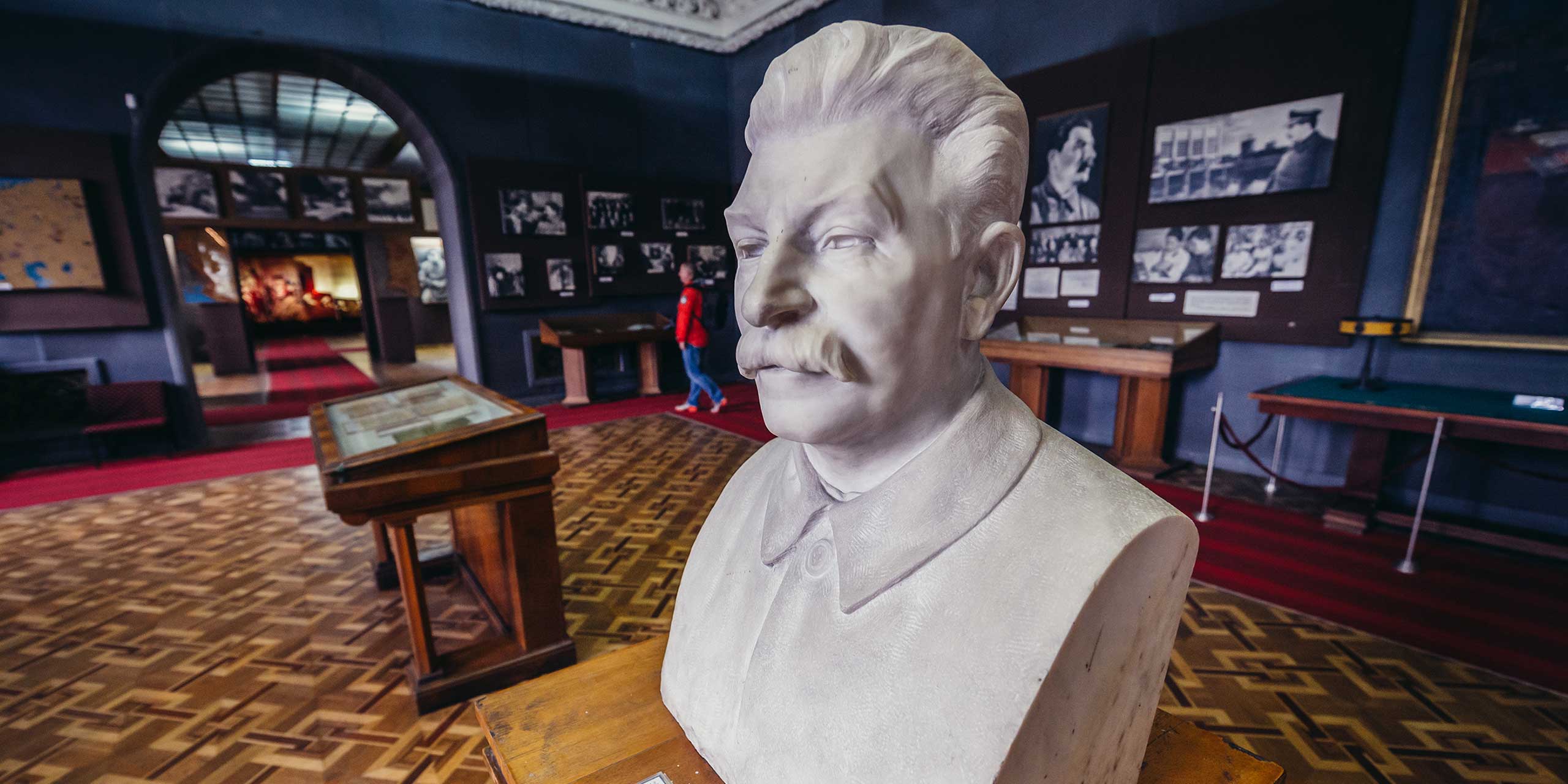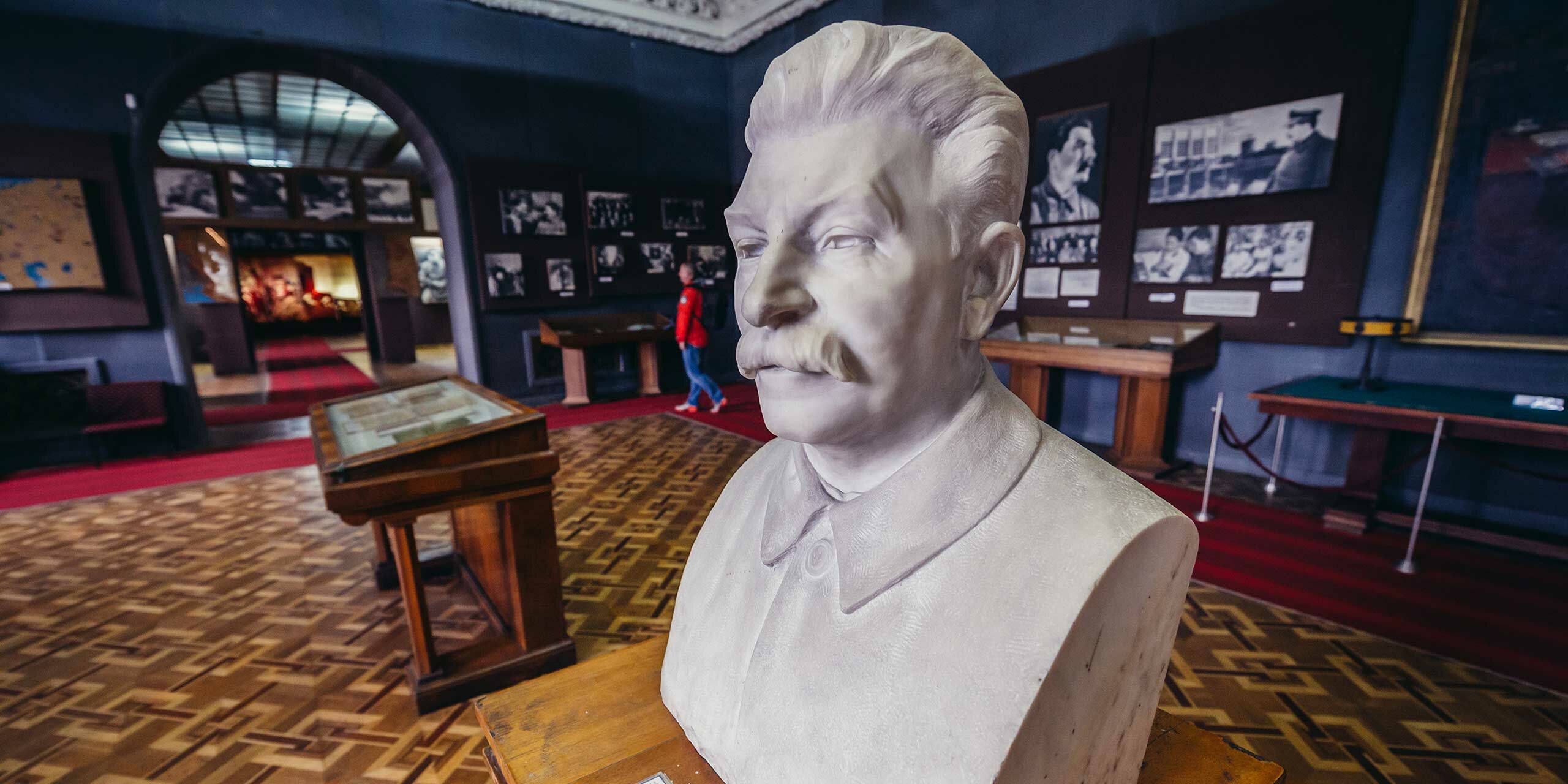
Most Americans don’t know where Stalin was born, but they’re pretty surprised when you tell them, “Not Russia”.
No, Joseph Stalin, political leader who ruled the Soviet Union until his death in 1953 and largely considered one of history’s greatest monsters, was born in Georgia — which is only Russia when Russia feels like it. More specifically, he was born in the town of Gori. Today, it is home to the Joseph Stalin Museum
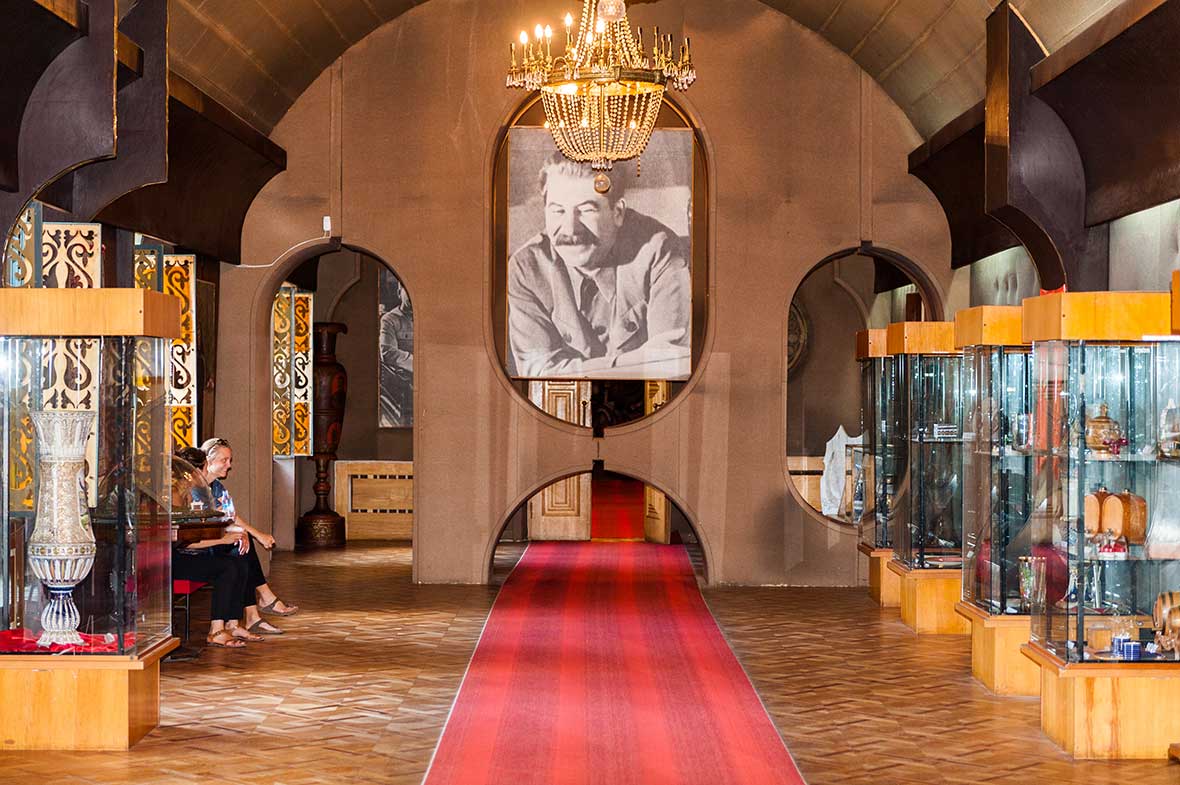
This is Gori’s modern claim to fame. In fact, when the authorities removed the statue of Stalin, who killed literally tens of millions of people, the residents of Gori petitioned to have it put back.
The Joseph Stalin Museum is found in three parts, the most popular of which is Stalin’s house. The small wooden hut birthed the leader in 1879 and he spent four years there. Stalin’s father, a shoemaker, maintained a workshop in the basement.
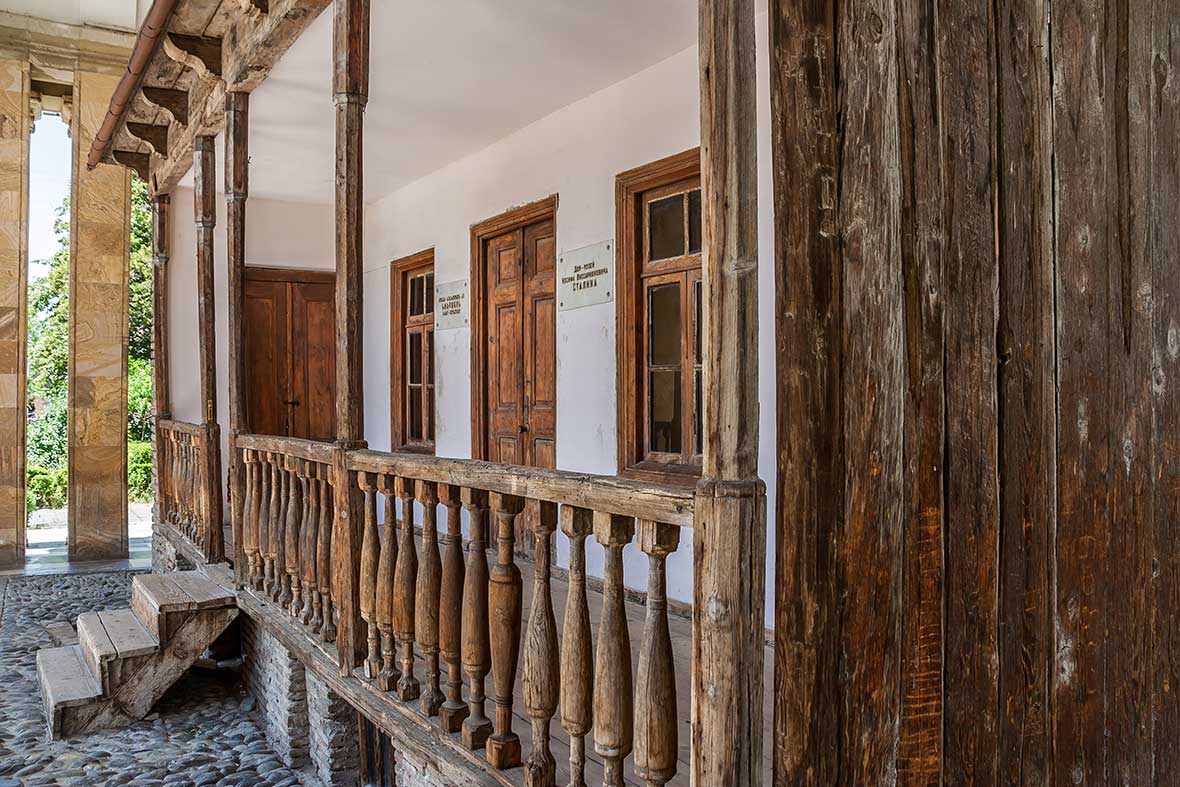
Armando Iannucii’s Death of Stalin put a little bit of dark humor on the man’s demise, but the Stalin Museum section depicts a rather kind view of Stalin, which can be viewed by many as distasteful. Other features include items owned by Stalin as well as his personal effects and gifts. Most are here, however, to see Stalin’s death mask, a bronze, bizarre creation on a red velvet display. Lastly is the green Pullman carriage, Stalin’s personal armored train car.
And this, for many, is where the journey ends in Gori, but long before the town wore this Soviet millstone around its neck it was known for an imposing fortress, a glittering history, and a complex present.
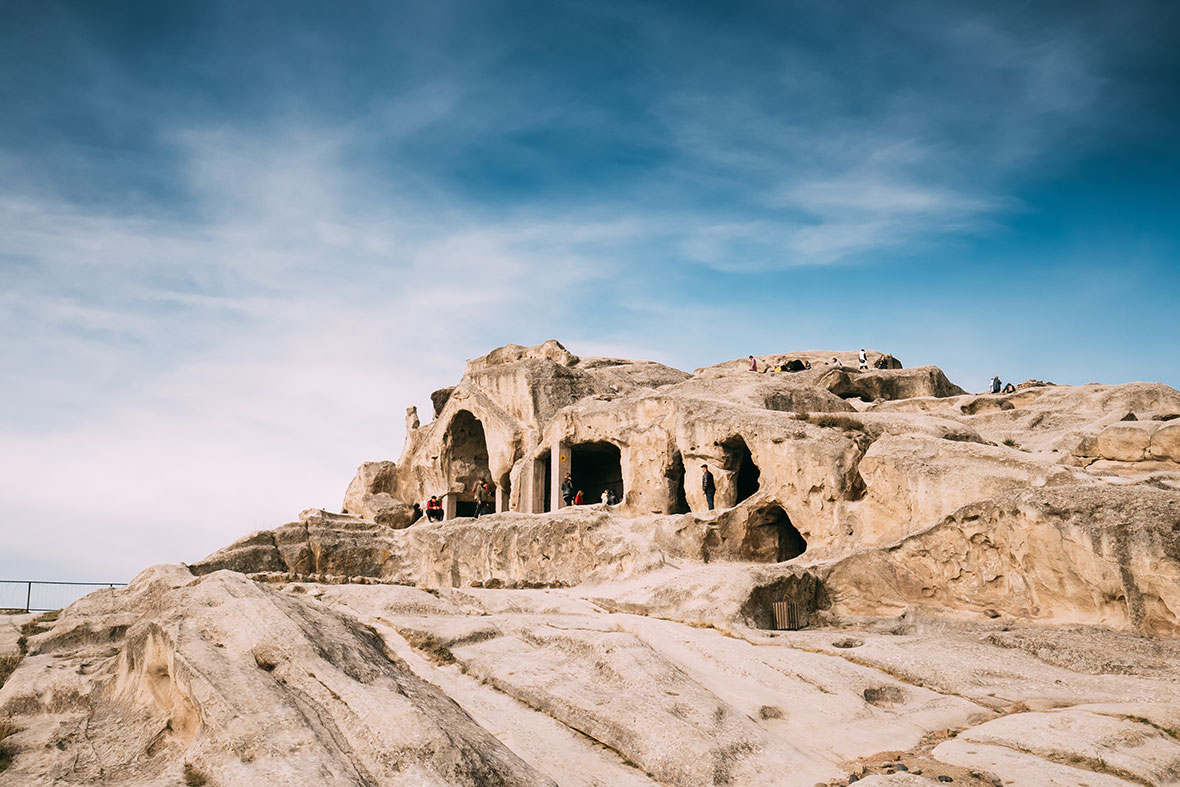
Just outside of Gori on your way from Tbilisi is Uplistsikhe — the oldest urban settlement in Georgia and one of the oldest in the region. This Iron Age area is almost completely deserted in modern day, but once upon a time — specifically around 4,000 years ago — it set the stage for the future of the region.
For travelers, the most obvious sight in Gori itself will be that of Gori Fortress. It’s hard to believe that, though the current structures date back to the 13th century, archeologists believe that the area was fortified for more than 2,000 years.
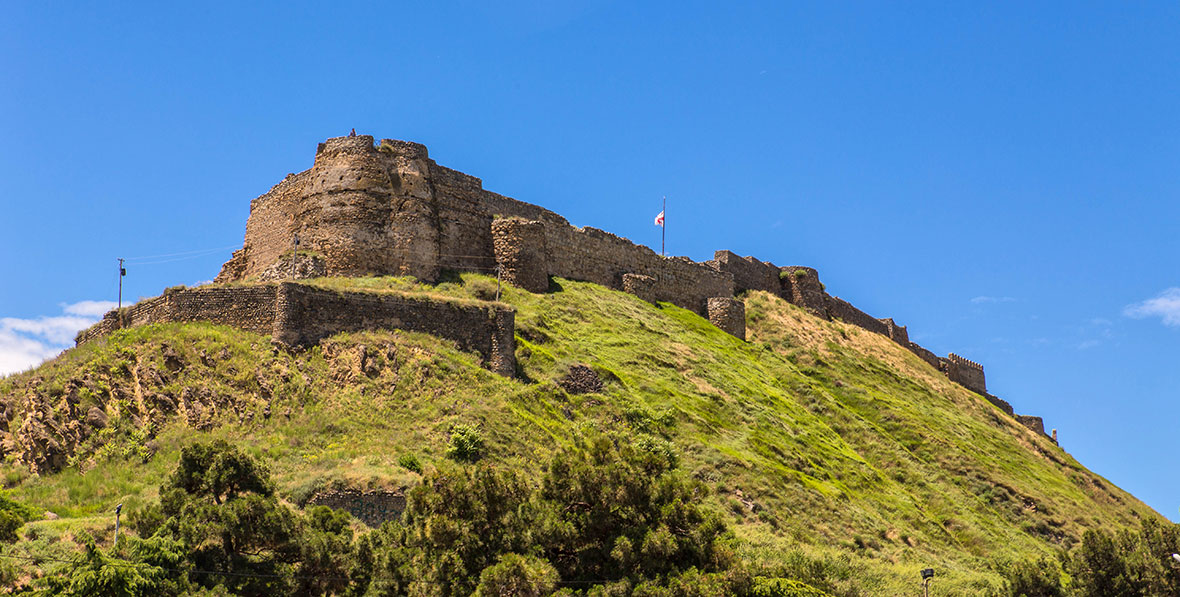
A guard station in a regional trading route, Gori Fortress found itself on the front lines of the expanding Ottoman empire in the 16th century, but lead by King Simon I the Georgians recaptured it with a daring ruse in 1598.
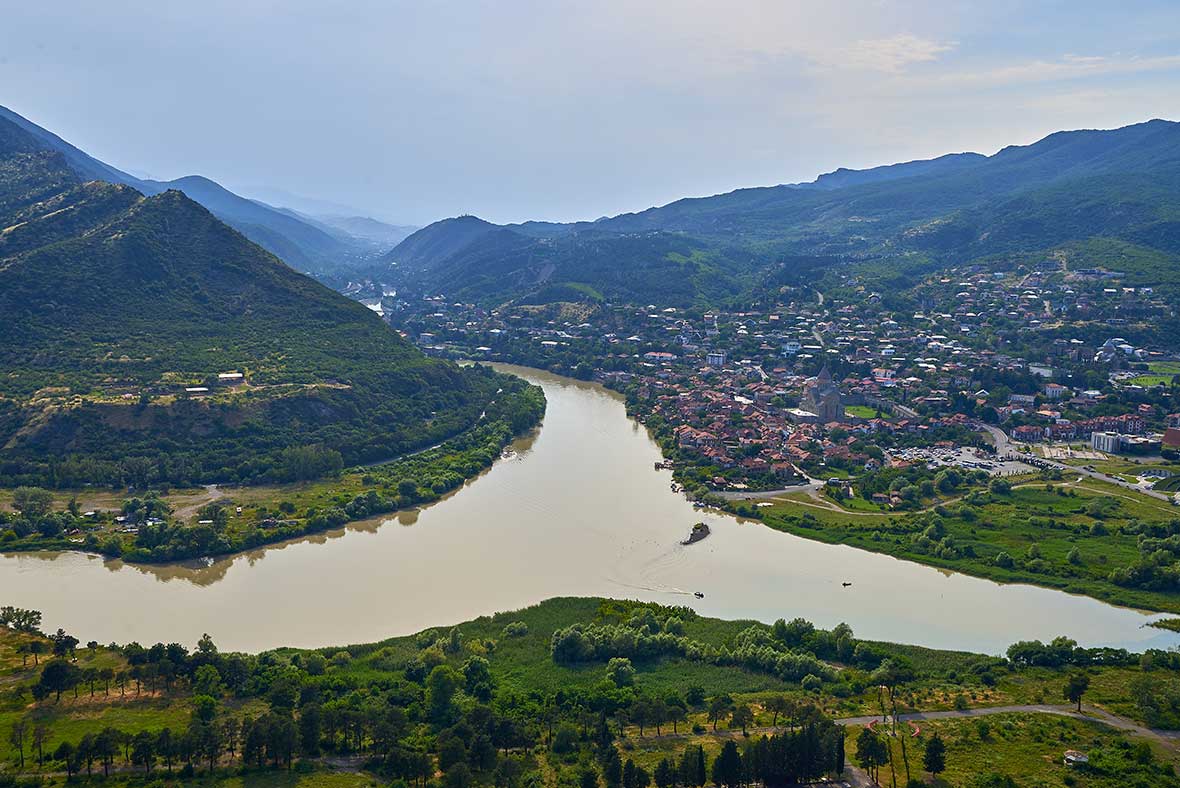
For the most interesting scenery in Gori, there is Gori Jvari. Though destroyed by an earthquake in 1920 (and before that by the Turks), Gori Jvari was built in the 12th century, and today hosts some of the most impressive views in the country.
Gori would change hands again and again over the years, including by the Roman Empire and the Mongols and most recently by the Russians in 2008, but its history abides in the architecture and stories that are still standing today. Tourists may come for the macabre birthplace of a mass murderer, but hopefully they leave with something more.

